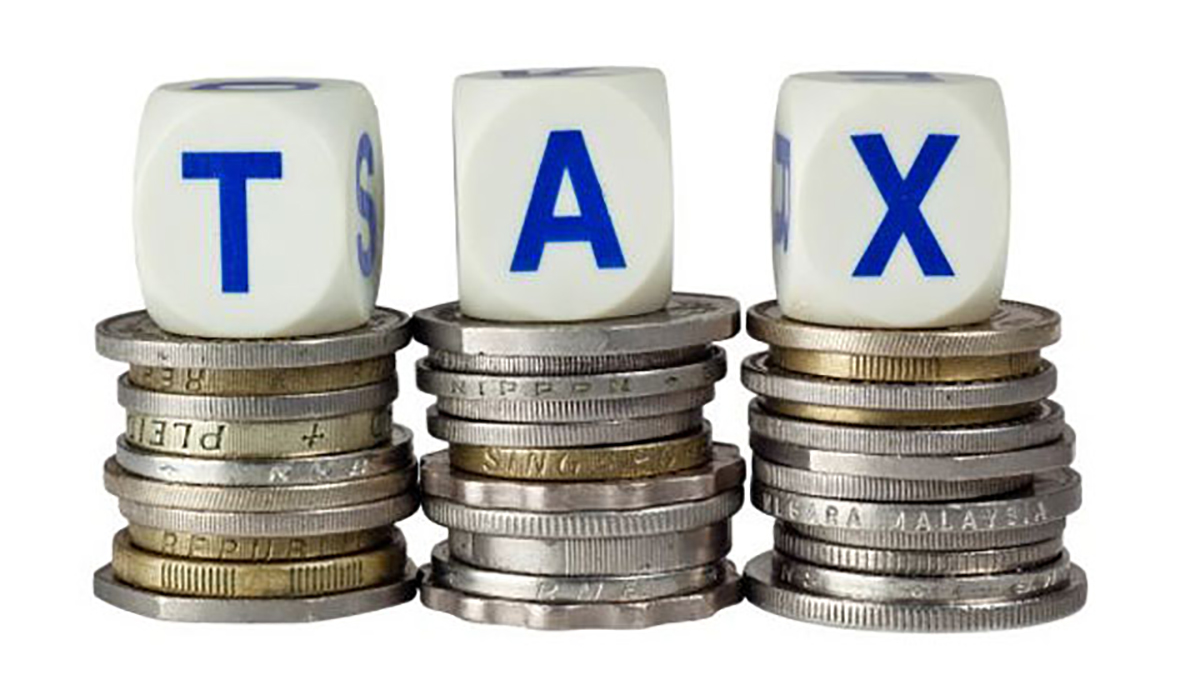
Explore the debate on post-lockdown automotive tax cuts, weighing economic gains, fiscal limits, and indirect taxes, with insights from industry leaders.
As the economy stepped out of the lockdown, multiple industries are pleading to the GST Council to reduce their tax rates. One of the major appealers is the automotive sector, which has been a victim of exaggerated tax rates to facilitate the cess collection for the states.
With the recent statement from Maruti Suzuki chairman, R C Bhargav, stating that the demand for cars is reasonably robust and there is no need for immediate rate cuts, people are caught up in the confusing storm of whether the rate cut is necessary and should they be expecting it or not. And this article is an attempt to answer that question.
Factors signaling a need for rate cuts
First of all, let’s point out factors that signal towards a need of rate cut:
- Most of the judgments made by industrialists and experts are backed by the impressive GST collection in the month of October, which crosses the Rs. 1 lakh crore mark.
- While most of the sales can be credited to the pent-up expenses and forthcoming festivities, we cannot conclude that the economy is revitalizing just on these arguments.
- The automotive sector fuels all the other sectors as it increases their mobility and facilitates trade. It also brings in more employment, which increases the purchasing power of the economy.
- Considering the pre-lockdown status, which showed that our economy was heading with a downward trajectory, a rate cut is necessary and beneficial for the country’s overall economic growth
Government’s stand on the issue and benefits of rate cut
Even after considering all these factors, does the Centre have room in its financial plans to allow a rate cut? Honestly, it doesn’t seem likely that the Centre can afford to reduce the rates for the automotive sector and there are two major reasons for that:
- The automotive sector is a significant contributor to the country’s revenue.
- With the pressure of compensation cess from the states, the Centre seems least likely to bring in rate cuts in this situation.
But, does the rate cut have prospects of bettering the economy? Definitely, yes. - The reduced tax rates will increase the production capacity of manufacturers and incentivize employment generation.
- It will reduce the cost for end consumers, which will increase the demand and eventually benefit the economy in the long run.
- With more and more people choosing individual means of transportation over public mediums, it can heavily facilitate sales and take advantage of the delicate situation.
The current tax structure is quite massive, with rates ranging from 29% – 50%. This bracket should be reduced to second-tier or third-tier rates. As Maruti stands at the lowest segment of the tax rates, the rate cut will be least advantageous. So, Mr. Bhargav’s stand on the subject is right in that it will appreciate his competitors’ sales and decrease Maruti’s sales. But, it is less likely that other manufacturers will agree with him.
So, should we be expecting rate cuts?
In conclusion, with the government’s given situation and stand, rate cuts are just a mirage, but the prospects of rate cuts can be beneficial. Due to the lockdown, 10% – 20% of car dealers have gone out of the business, and the rate cut can help them revive their business. While it will benefit the manufacturers with increased demands, it will be most beneficial to the end-users who are looking for cheaper and safer mediums of transport.
History has been a witness that with increased sales, the government will definitely benefit from this. But it will take time to show the results.
